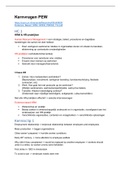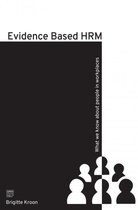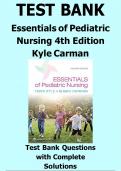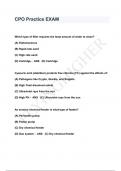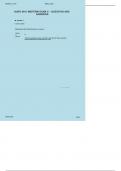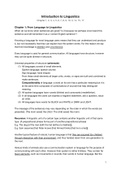Samenvatting
Samenvatting van Evidence-Based HRM (Kroon) Personeelswetenschappen
- Instelling
- Tilburg University (UVT)
- Boek
- Evidence Based HRM
Samenvatting voor Personeelswetenschappen op Tilburg University. Bevat alle hoofdstukken. Boek: Evidence-based HRM van Brigitte Kroon. De eerste hoofdstukken zijn engels, de andere zijn in het nederlands vertaald.
[Meer zien]
